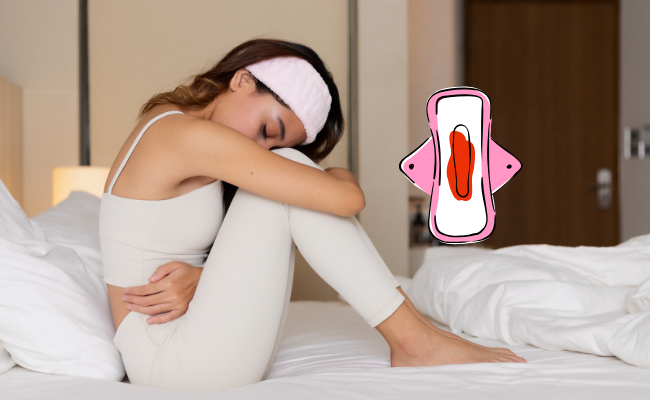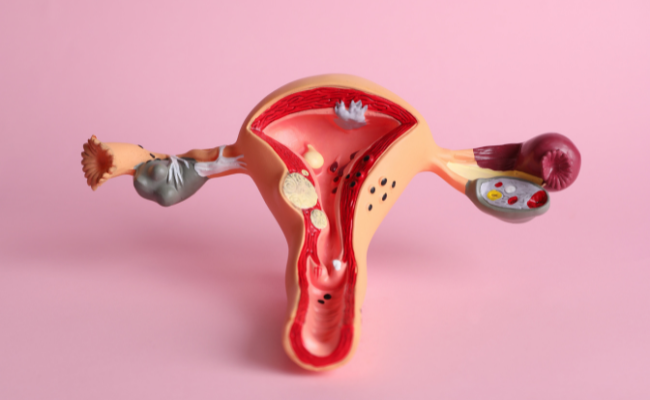How to Treat Mastitis?
- December 01, 2023
- No Comments
What is Mastitis?
Mastitis, a painful condition characterized by inflammation of the breast tissue, commonly occurs in breastfeeding individuals, primarily women and those assigned female at birth (AFAB). The inflammation is frequently triggered by infection or can result from a blocked milk duct. This condition may impact one or both breasts and typically arises in the initial weeks of breastfeeding. Noteworthy symptoms include redness, swelling, warmth, and tenderness in the affected breast, accompanied by potential flu-like symptoms such as fever and fatigue. While mastitis predominantly affects breastfeeding women, it is noteworthy that individuals of any gender, including men and those assigned male at birth (AMAB), as well as individuals who do not breastfeed, may also experience this condition, albeit infrequently.
Why Does Mastitis Occur?
Mastitis most commonly occurs when bacteria enter the breast through a cracked or sore nipple. This can happen when a baby doesn't latch properly during breastfeeding, leading to milk stasis in the ducts. The stagnant milk provides an ideal environment for bacteria to multiply, causing an infection. Additionally, tight clothing, pressure on the breast, or infrequent breastfeeding can contribute to the development of mastitis.
How Does Mastitis Develop?
- The development of mastitis often follows a pattern. It typically begins with a blocked milk duct, which may be due to inadequate drainage of milk during breastfeeding. When the milk is not efficiently removed from the breast, it can lead to the accumulation of milk in the ducts, creating a blockage.
- This blockage then sets the stage for infection as bacteria can easily enter through the cracked or sore nipples that are common during breastfeeding. The infection results in inflammation of the breast tissue, leading to the characteristic symptoms of mastitis.
Treatment Solutions for Mastitis
- Frequent Breastfeeding or Pumping: One of the primary methods to treat mastitis is to ensure frequent breastfeeding or pumping. This helps in keeping the milk flowing and prevents the accumulation of milk in the ducts. Encouraging the baby to latch correctly and ensuring complete emptying of the breast during each feeding session is crucial.
- Proper Latching Techniques: Educating mothers on proper latching techniques is essential for preventing and treating mastitis. Ensuring that the baby latches onto the breast correctly helps in efficient milk removal, reducing the risk of blocked ducts and infection.
- Warm Compresses: Applying warm compresses to the affected breast can help alleviate pain and discomfort associated with mastitis. The warmth promotes blood circulation and can aid in reducing inflammation. Warm compresses can be applied before breastfeeding to facilitate milk flow.
- Massage and Compression: Gently massaging the affected breast and using compression can help break up blockages and encourage the flow of milk. Breast massage, when done carefully, can also promote drainage of the ducts. Compression involves applying gentle pressure to the affected area while breastfeeding or pumping.
- Pain Relief Medications: Over-the-counter pain relief medications, such as ibuprofen or acetaminophen, can be used to manage pain and reduce inflammation associated with mastitis. However, it is crucial for breastfeeding mothers to consult with a healthcare professional before taking any medications to ensure they are safe for the baby.
- Antibiotics: In cases where mastitis is caused by a bacterial infection, healthcare providers may prescribe antibiotics. It's important to complete the full course of antibiotics as prescribed, even if symptoms start to improve earlier. This helps in preventing the recurrence of infection.
- Hydration and Rest: Adequate hydration and rest are essential components of mastitis treatment. Staying well-hydrated supports overall health, while rest allows the body to focus on healing. Breastfeeding mothers should prioritize self-care to promote a quicker recovery.
Benefits of Timely Mastitis Treatment
- Prevention of Abscess Formation: Timely and appropriate treatment of mastitis reduces the risk of complications, such as the formation of abscesses in the breast tissue. Abscesses are pockets of pus that can develop if the infection is not adequately addressed.
- Continued Breastfeeding: Effective management of mastitis allows breastfeeding to continue without interruption. With proper treatment, most women can continue breastfeeding, providing essential nutrients to their infants.
- Pain Relief and Improved Comfort: Treatment measures like warm compresses, massage, and pain relief medications contribute to pain relief and improved overall comfort. This enables mothers to carry on with their breastfeeding journey with minimal discomfort.
- Prevention of Recurrence: Following the recommended treatment plan helps prevent the recurrence of mastitis. By addressing the underlying causes, such as blocked ducts and infection, mothers can reduce the likelihood of experiencing mastitis again.
- Promotion of Maternal Well-Being: Treating mastitis promptly contributes to the overall well-being of breastfeeding mothers. As the symptoms subside, mothers can enjoy a more positive breastfeeding experience and focus on bonding with their infants.







.jpg)


Comments (0)
No comments yet